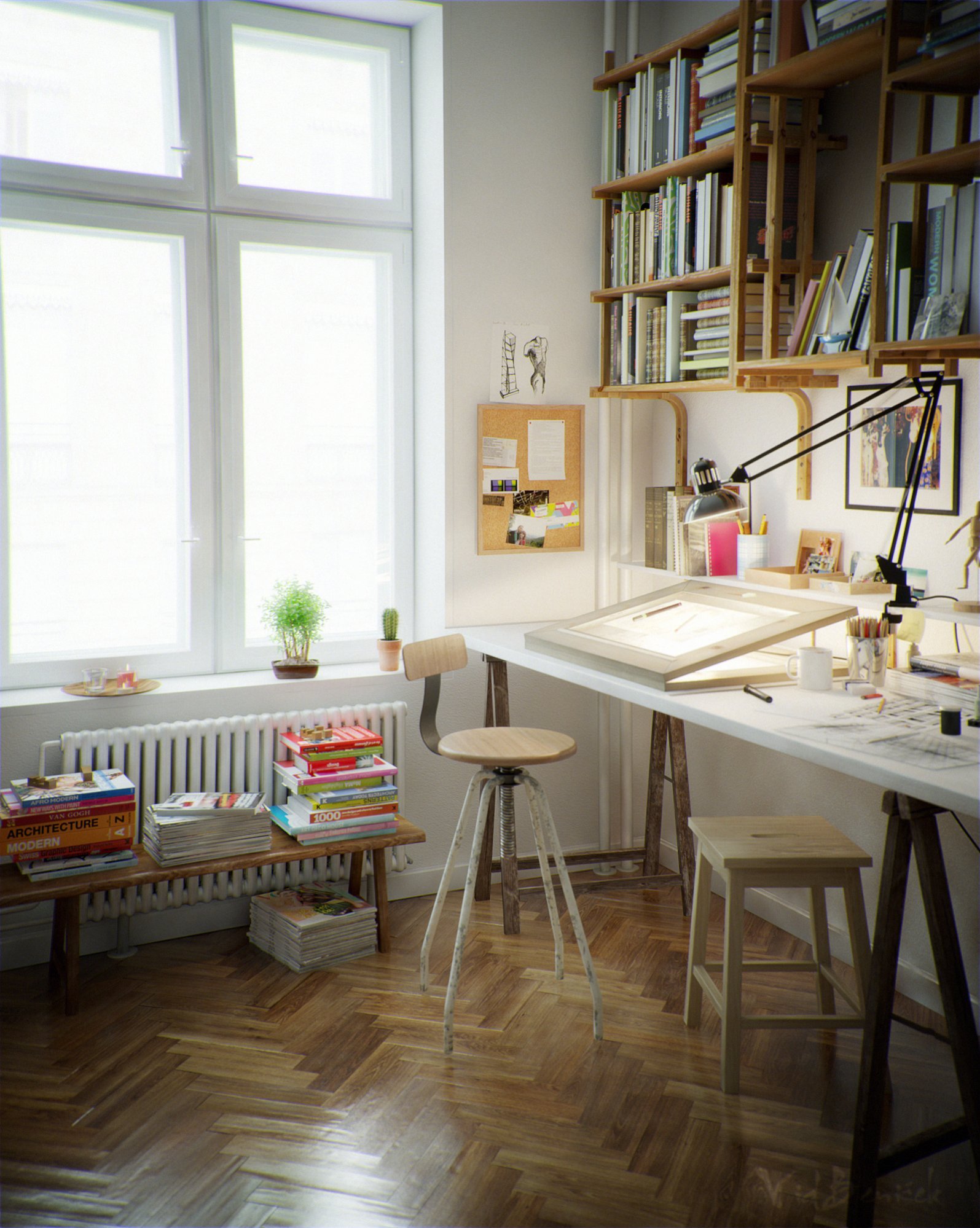Comprehending Minimalism: Techniques for Minimizing Clutter and Enhancing Clarity in Everyday Living
Minimalism is progressively recognized as a sensible approach to enhancing clarity and emphasis in today's chaotic world. By systematically examining our ownerships and prioritizing intentionality, we can create areas that not just reflect our values however also advertise psychological well-being.
Specifying Minimalism and Its Advantages
Specifying minimalism involves recognizing it as a way of living option that stresses simplicity and intentionality in both daily routines and physical ownerships. At its core, minimalism motivates individuals to prioritize what really matters, permitting for a much more meaningful and focused existence. By removing away the non-essential, minimalism invites people to involve deeply with their experiences and environments.
The benefits of adopting a minimal approach are multifaceted. It cultivates mental clearness, as decreasing clutter in one's atmosphere can lead to lowered interruptions and anxiety. When bordered by fewer belongings, people often report boosted focus and boosted efficiency. Secondly, minimalism advertises economic liberty; by focusing on requirements over desires, people can make even more educated investing in choices, leading to potential savings and lowered debt. Additionally, a minimal way of life can generate emotional advantages, as it encourages people to grow thankfulness for what they have as opposed to yearning for much more.
Ultimately, minimalism is not just about worldly decrease however includes an alternative change in point of view, fostering a life defined by fulfillment, balance, and purpose. Welcoming this way of living can lead to extensive adjustments in just how people communicate and regard with the world around them.
Assessing Your Existing Clutter
Clutter often manifests as a frustrating accumulation of products that no longer serve a function, creating a barrier to achieving a minimalist lifestyle. Take note of particular categories of things, such as apparel, books, or kitchenware, as this will help you recognize the extent of the clutter.

Additionally, consider the frequency of usage for each thing. Inevitably, comprehending your existing clutter is a critical step towards embracing minimalism and boosting clarity in your daily living.

Practical Decluttering Strategies
Having actually evaluated your current mess, the following step is to apply practical decluttering methods that assist in an even more organized living area. Minimalism. One effective technique is the "Four-Box" strategy, where you mark four boxes classified: keep, donate, garbage, and relocate. This strategy motivates quick decision-making and makes sure items are classified appropriately
Another strategy is the "One in, One out" policy, which states that for every new product obtained, an existing item has to be removed. This concept aids maintain equilibrium and avoids build-up with time. Furthermore, think about the "30-Day Minimalism Game," where you eliminate one product on the first day, 2 on the second, and so forth, cumulatively cultivating a sense of success.
Restriction yourself to a certain number of treasured products, enabling you navigate to this site to value their importance without overwhelming your area. By using these methods, you can develop a much more serene and effective living area, ultimately website here boosting quality in your daily life.
Developing Intentional Rooms
Developing deliberate areas entails a thoughtful method to how we style and arrange our settings, making sure each area offers a certain objective and reflects our worths. This practice is necessary in growing a sense of quality and objective in our lives. By critically analyzing the feature of each area, we can remove diversions and enhance our total health.
To create intentional spaces, start by identifying the main activities that will take place in each area. A home office should be developed to promote productivity, including elements such as ample lights, comfortable furniture, and minimal diversions. On the other hand, a leisure area need to promote serenity, featuring comforting shades and comfortable seating.
In addition, think about the psychological influence of your environments (Minimalism). Integrating personal items that resonate with your values, such as artwork or plants, can enhance the connection to your area. On a regular basis assess these environments to guarantee they remain to offer their intended function as your demands evolve
Inevitably, developing intentional spaces is concerning making conscious selections that align with your lifestyle, advertising consistency and performance in your living and workplace.
Maintaining a Minimalist Attitude
Embracing a minimalist way of thinking calls for continuous reflection and intentionality in our activities and visit here thoughts. Establish apart time to review your dedications, properties, and also digital material, ensuring they line up with your core concepts.
Another key approach is to practice thankfulness. Acknowledging what you currently have fosters satisfaction and lowers the need for unwanted. This shift in point of view encourages admiration for simplicity, improving overall wellness. Incorporating mindfulness strategies, such as reflection or journaling, can additionally enhance a minimal attitude by advertising quality and lowering mental mess.
In addition, develop borders to secure your time and energy. Learn to state no to non-essential commitments and interruptions that do not add to your personal development. Surround yourself with like-minded individuals that support your minimalist journey, as shared worths can enhance motivation and accountability.
Verdict
Finally, accepting minimalism supplies significant advantages, consisting of lowered mess and enhanced clarity in day-to-day live (Minimalism). By methodically evaluating belongings and applying sensible decluttering strategies, people can create intentional spaces that promote mindfulness and thankfulness. Maintaining a minimal attitude needs recurring evaluation and dedication to simplicity, ultimately leading to an extra concentrated and meeting way of living. The principles of minimalism work as beneficial tools for cultivating an atmosphere that supports personal growth and health.

Additionally, consider the "30-Day Minimalism Game," where you remove one item on the initial day, 2 on the second, and so forth, cumulatively promoting a sense of achievement.
In conclusion, accepting minimalism uses significant benefits, consisting of minimized mess and enhanced clearness in day-to-day life.
Comments on “Maximize Your Efficiency and Joy by Incorporating Minimalism”